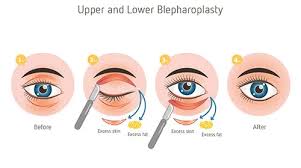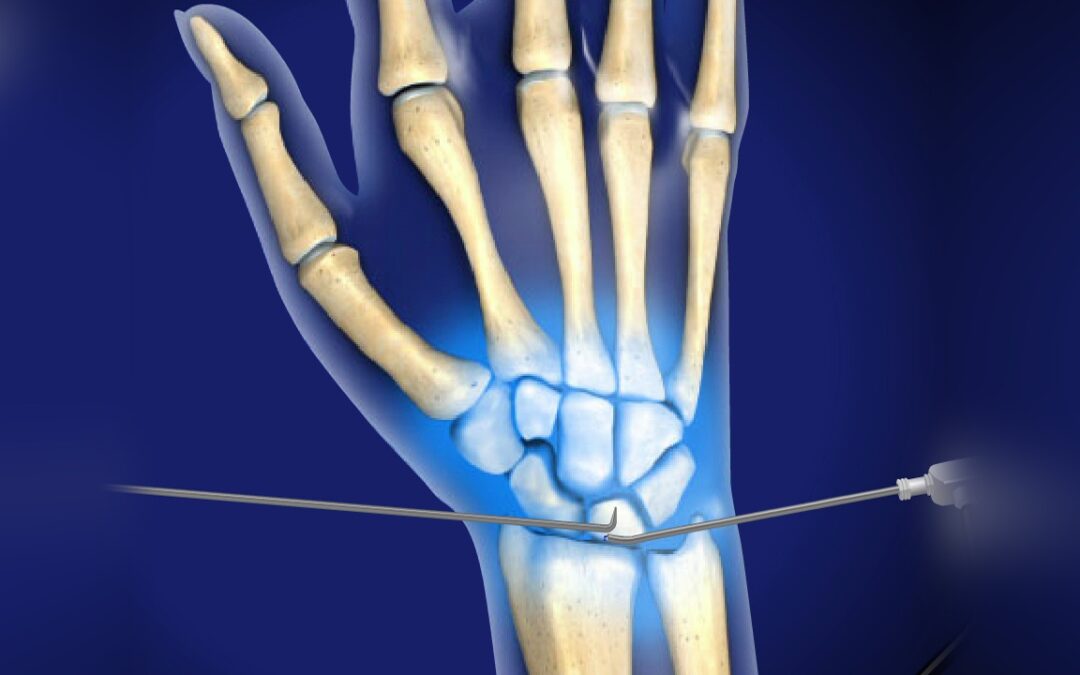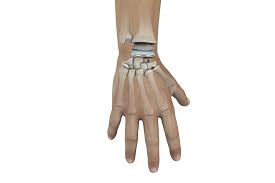Dupuytren’s Disease
Dupuytren’s disease is a condition that causes the tissue in the palm of your hand to thicken and contract. This can lead to the development of nodules (hard lumps) and cords (thick bands of tissue) in the palm of your hand. The cords can pull on your fingers, causing them to bend or contract.
Who is a good candidate for Dupuytren’s disease surgery?
Dupuytren’s disease surgery is a good option for people who have contractures of the fingers that get in the way of day-to-day activities. Conservative treatments for Dupuytren’s disease are often limited in terms of success. Conservative treatments for Dupuytren’s disease include:
- Splinting or bracing
- Physical therapy
However, their ability to influence progression of Dupuytren’s disease and the associated contracture of the finger joints is limited. Anyone finding it difficult to do day-to-day tasks or finds that their bent fingers are getting in the way of activities are good candidates for Dupuytren’s disease surgery.
What are the risks of Dupuytren’s disease surgery?
The risks of Dupuytren’s disease surgery are:
- Infection
- Nerve damage
- Scarring
- Recurrence of the disease
What happens during Dupuytren’s disease surgery?
Surgery for Dupuytren’s disease can be done under a regional block where your arm is made number or under general anaesthetic and in certain select cases under a local anaesthetic. The surgery involves making an incision in the palm of your hand which is used to gain access to the thickened chords and nodules. The chords and nodules and then carefully removed preserving all the other structures such as nerves, blood vessels and tendons. By removing the diseased Dupuytren’s tissue the contracture of the finger is corrected. In certain circumstances where the finger has been bent for a long time, additional surgical manoeuvres maybe employed to straighten the finger.
How long does Dupuytren’s disease surgery take?
Dupuytrens surgery typically takes 1-2 hours. You can go home on the same day after surgery.
What is the recovery time for Dupuytren’s disease surgery?
The recovery time for Dupuytren’s disease surgery is typically 4-6 weeks. You will need to wear a splint or brace on your hand for 2-4 weeks. You will also need to avoid strenuous activity for 4-6 weeks.
What are the results of Dupuytren’s disease surgery?
Dupuytren’s disease surgery is usually very successful in correcting the contractures and improving the function of the hand. However, there is a risk of recurrence of the disease.
Here are some additional tips for patients considering Dupuytren’s disease surgery:
- Be realistic about your expectations. Dupuytren’s disease surgery may not completely straighten your finger.
- Choose a board-certified hand surgeon with experience in Dupuytren’s disease surgery.
- Ask your surgeon about their aftercare plan.
- Be prepared for a lengthy recovery period.
- Be patient with your results. It can take up to a year for your hand to fully heal.
Here are some frequently asked questions about Dupuytren’s disease surgery:
- When do I need surgery for Dupuytren’s disease? Surgery for Dupuytren’s disease is usually recommended when there is sufficient contracture of the finger joints such that they get in the way of day-to-day activities.
- Would I need a skin graft following surgery for Dupuytren’s disease? If you have significant contracture of a finger joint, straightening it may result in an inadequate amount of skin to cover the tendons. In such cases, you may need a skin graft. Mr Jabir will let you know if you need a skin graft during your consultation.













